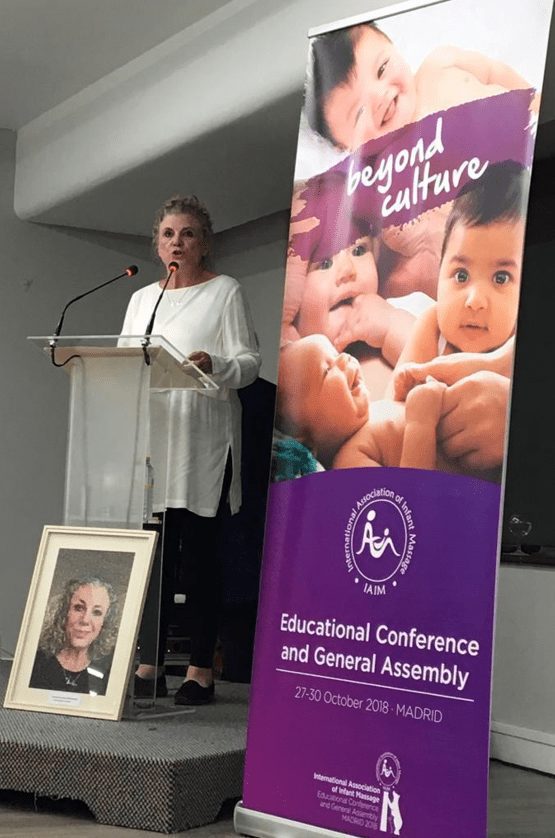Many new parents think that babies should develop at their own pace, and that they shouldn’t be challenged to do things that they’re not yet ready for. Infants should learn to roll around under their own power, without any helpful nudges, and they shouldn’t support their weight before they can stand or walk on their own. They mustn’t be potty trained before they are ready for it.
Early stimulation in the form of baby gym activities, massage, and early potty training play a central role in Asia and Africa. The old development theory also contrasts with modern brain research that shows that early stimulation contributes to brain development gains even in the wee ones among us.
Neuroscientist Audrey van der Meer, a professor at the Norwegian University of Science and Technology (NTNU) has used advanced EEG technology for many years to study the brain activity of hundreds of babies. The results show that the neurons in the brains of young children quickly increase in both number and specialization as the baby learns new skills and becomes more mobile. Neurons in very young children form up to a thousand new connections per second.
Van der Meer’s research also shows that the development of our brain, sensory perception and motor skills happen in sync. She believes that even the smallest babies must be challenged and stimulated at their level from birth onward. They need to engage their entire body and senses by exploring their world and different materials, both indoors and out and in all types of weather. She emphasizes that the experiences must be self-produced; it is not enough for children merely to be carried or pushed in a stroller.
Unused brain synapses disappear
“Many people believe that children up to three years old only need cuddles and nappy changes, but studies show that rats raised in cages have less dendritic branching in the brain than rats raised in an environment with climbing and hiding places and tunnels. Research also shows that children born into cultures where early stimulation is considered important, develop earlier than Western children do,” van der Meer says.
She adds that the brains of young children are very malleable, and can therefore adapt to what is happening around them. If the new synapses that are formed in the brain are not being used, they disappear as the child grows up and the brain loses some of its plasticity.
Van der Meer mentions the fact that Chinese babies hear a difference between the R and L sounds when they are four months old, but not when they get older. Since Chinese children do not need to distinguish between these sounds to learn their mother tongue, the brain synapses that carry this knowledge disappear when they are not used.
Babies actually manage to distinguish between the sounds of any language in the world when they are four months old, but by the time they are eight months old they have lost this ability, according to Van der Meer.
In the 1970s, it was believed that children could only learn one language properly. Foreign parents were advised not to speak their native language to their children, because it could impede the child’s language development. Today we think completely differently, and there are examples of children who speak three, four or five languages fluently without suffering language confusion or delays.
Brain research suggests that in these cases the native language area in the brain is activated when children speak the languages. If we study a foreign language after the age of seven, other areas of the brain are used when we speak the language, explains Van der Meer. She adds that it is important that children learn languages by interacting with real people. “Research shows that children don’t learn language by watching someone talk on a screen, it has to be real people who expose them to the language.”
Source:
The Norwegian University of Science and Technology (NTNU)




